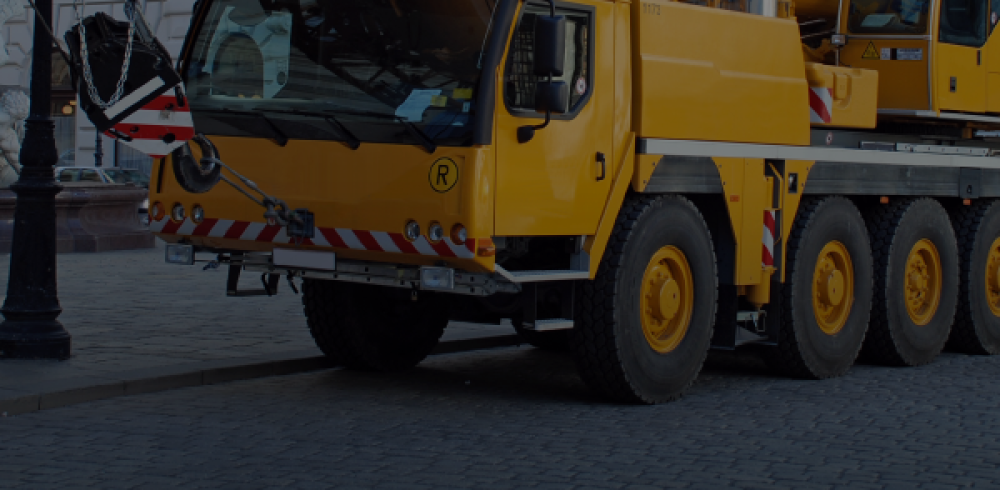When working with any equipment that has outrigger pads, stabilisers, or down jacks, it is important to understand that they carry the entire weight of the lifted load. This generates a huge amount of pressure, and as the points of contact between the outriggers and the ground are minimal, this pressure can actually shift ground surfaces.
Shifting, collapsing or displaced ground surfaces are a major safety concern, and a very real threat if outrigger pads and crane mats are not used. Any ground disruption greatly increases the risk of the equipment shifting or tipping, which can even lead to equipment toppling over completely.
Statistics published by the UK Government in July 2021, show that throughout 2020/21 39 workers in the construction sector lost their life, unfortunately, 14 of these occurred due to something collapsing or overturning.
This is why outrigger pads are an essential piece of equipment to have on any site, even where Occupational Safety and Health Administration (OSHA) regulations do not necessarily require one.
Outrigger Pads increase the footprint of a piece of equipment, spreading the load over a greater surface area, and distributing the pressure, increasing the contact points with the ground.
Outrigger Pads – Your Options
Within the industry, there has always been a recognition that wooden and metal outrigger pads, while they have some benefits, are outperformed by modern materials such as engineering plastics. Nylon, in particular, offers multiple benefits in it’s performance, material longevity and lightweight nature.
Unlike a nylon outrigger pad, wooden and metal crane pads will degrade over time. There is a duty for operators and site supervisors to understand the structural integrity of the outrigger pad. While a wooden or steel pad may be fit for the purpose one week, the next it could have degraded or corroded past the point at which it can operate safely.
Wood may be cheap to source, but it is highly porous and will soak up any liquids it encounters, even a block of treated wood will still absorb some moisture. And as an outrigger pad is placed on the floor, use during wet weather guarantees that it will soak up not only the water it encounters but also any number of contaminants, which may further speed the degradation process.
Steel is similar, although rather than soaking up the liquid, steel will corrode, and over time, this can compromise the integrity of the outrigger pad. Not to mention that steel and wooden outrigger pads are incredibly cumbersome and heavy, meaning transportation, setting and adjusting them can be an awkward task.
Nylon v Other Engineered Thermoplastics
So, at this point, we know that plastics outperform more traditional materials, but as in any industry, there is competition within the industry, and between products.
A recent study by Nylacast compared standard PE500 crane mats against their own outrigger pads, the Nylacast Big Foot.
PE500 vs Nylacast Big Foot:
To demonstrate the strength and recovery of Nylacast Big Foot in comparison to standard PE crane mats, two tests were conducted utilising the same size sample of each material, 250mm x 50mm x 25mm.
Each material was put under the same load (3080 N), this resulted in the PE 500 Confetti material having 25mm flex, with Nylacast’s Big Foot material only flexing 6.5mm.
Each sample was then photographed after 5 seconds of the load being lifted from the pad sample. Whilst the PE 500 Confetti remained curved and deformed, the Nylacast Big Foot material recovered instantly with significantly less deformation.
To conclude, when it comes to operating in a safe manner on construction sites, it is imperative that you equip yourself with the correct outrigger pad. And, as we have seen from the above, a Nylon outrigger pad is one of the safest options around.















